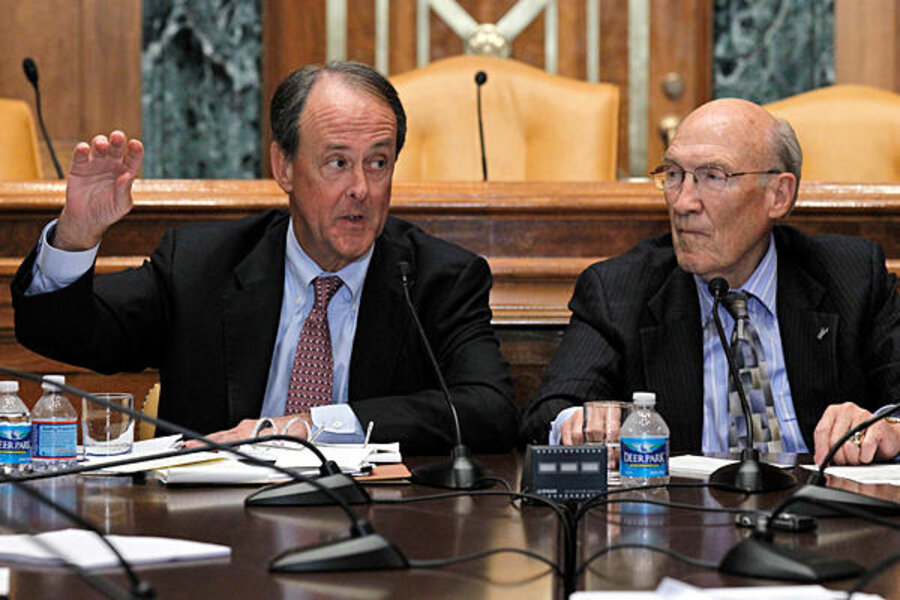In a word, yes. In general, the national debt grows when spending outstrips tax revenues, and it has doubled since 2004, surging for reasons that include health-care costs, two wars, and efforts to revive the economy after its 2008 crash. If unchecked, the debt is on track to become a significant drag on economic growth. For the government, the trend means that interest costs will become an ever-larger fiscal burden.
So Federal Reserve Chairman Ben Bernanke and others are right when they say the current fiscal course is unsustainable. He recently called it a "near and present danger" to the economy, while also saying budget deficits don't need to be fixed in a single year.
In that context, the ceiling debate is just a side effect of the real issue, the debt itself. Since it's rising faster than economic growth, the US can't just "grow its way" out of the problem.
Making matters worse, the national debt is poised to keep rising primarily because of programs that are both politically sensitive and driven by long-term trends. Medicare, to name one of them, is seeing higher costs as the population ages and as expensive new technology is developed.
For now, Treasury debts still enjoy top-tier safety ratings from credit risk analyzers such as Standard & Poor's. But as European nations have been finding, those ratings do change with circumstances.





